Many new home gardeners struggle with telling male and female blossoms apart, on zucchini, pumpkins, melons, and squash. I decided to write this article with a simple and clear explanation and description of both flowers. I included plenty of photos of male and female flowers that guarantee that after reading this article you will be able to recognize male flowers from female flowers like a pro!
The difference between male blossoms and female blossoms is in vegetables such as zucchini, cucumbers, squash, melons, and pumpkins. These have two different flowers, a male flower with male parts and a female flower with female parts. In order for the plant to produce the fruit, there has to be pollination of a female flower with pollen from a male flower. A male flower, or a male blossom, is attached to a stem, and inside the of the male flower is a stamen which produces pollen. A female flower, or a female blossom, is attached to the fruit, and on the inside of the female flower is a stigma that does not produce any pollen. The pollen from the male flower needs to be delivered to the stigma of the female flower, it is called pollination. If this pollination happens properly, then the fruit will fully develop. If the pollination does not happen or is insufficient, the fruit will rot away.
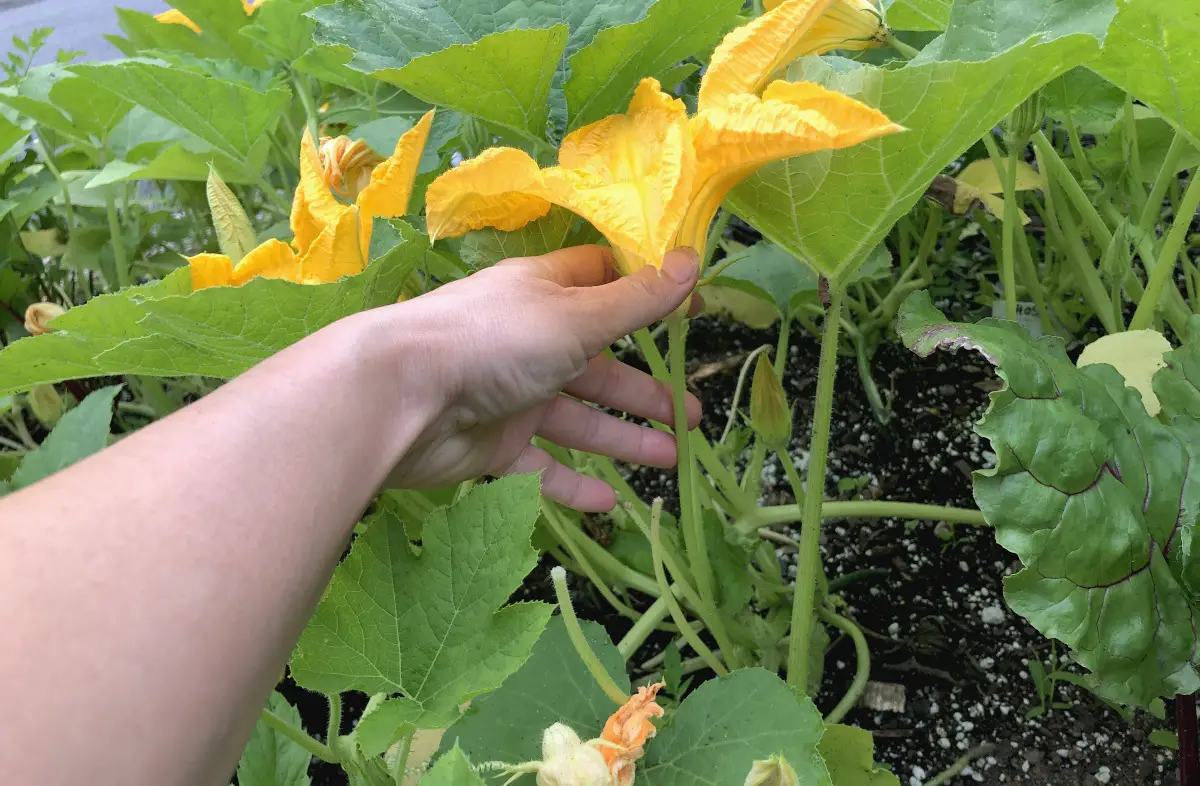
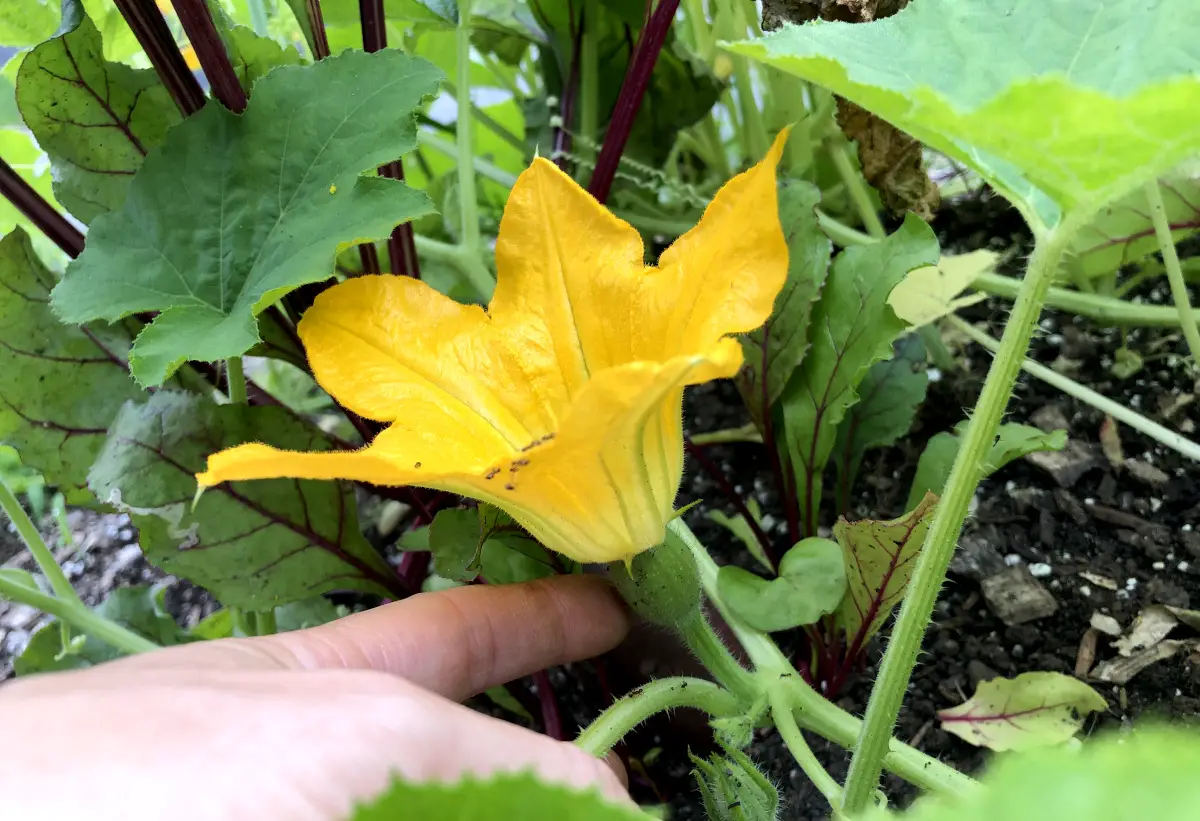
Why is my squash only producing male flowers?
Your squash only produces male flowers, mostly at the begging of the flowering season, to attract as many pollinators as possible. Most plants have predominantly male flowers. Most of the time the first flowers to bloom are male flowers to attract pollinators so the plant has a better chance of producing fruit successfully once the female flowers open. The bees come and get all covered with the pollen so when the time for the female flowers comes, they open and get well-pollinated by the well-covered bees.
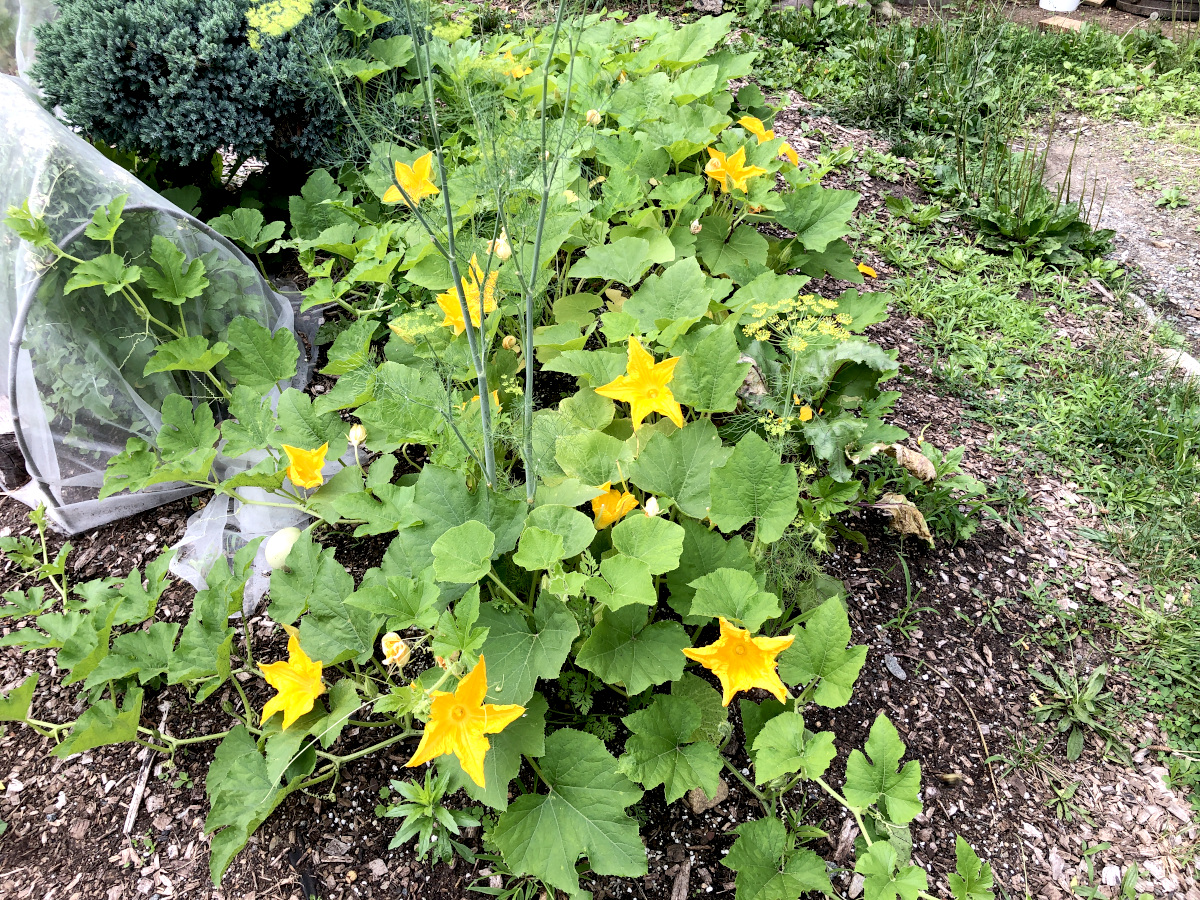
Should I remove male squash blossoms?
Do not remove male squash blossoms, because they have an important role to play in the pollination process. The role of the male blossoms is to attract pollinators and cover the pollinators with the pollen which is produced on the inside of the male flower. Then the pollen-covered pollinators are supposed to land on the inside of the female flower to pollinate it with the pollen taken from the male flower. If that pollination process is sufficient, the fruit will grow to its maturity.

Many times, I see novice gardeners asking if they should clip the male flowers off of the plant so the plant has more energy to produce fruit. Well, removing the male flowers will cause a problem. The bees will not be attracted to your plants or a growing space, they will prefer spaces where they can find lots of pollen. If you remove the male flowers with all the pollen and then the female flowers open, the bees will have a hard time finding them but if your growing space is covered with flowers, the bees will remember the place and come over and over again all covered with pollen from your garden and will pollinate your female flowers more sufficiently once they open. So, I would advise not to remove the male flowers. Removing them will not save any energy of the plant anyway, because the plant is genetically given what and when it will produce anyway. It’s a plant, it knows what to do without your help.
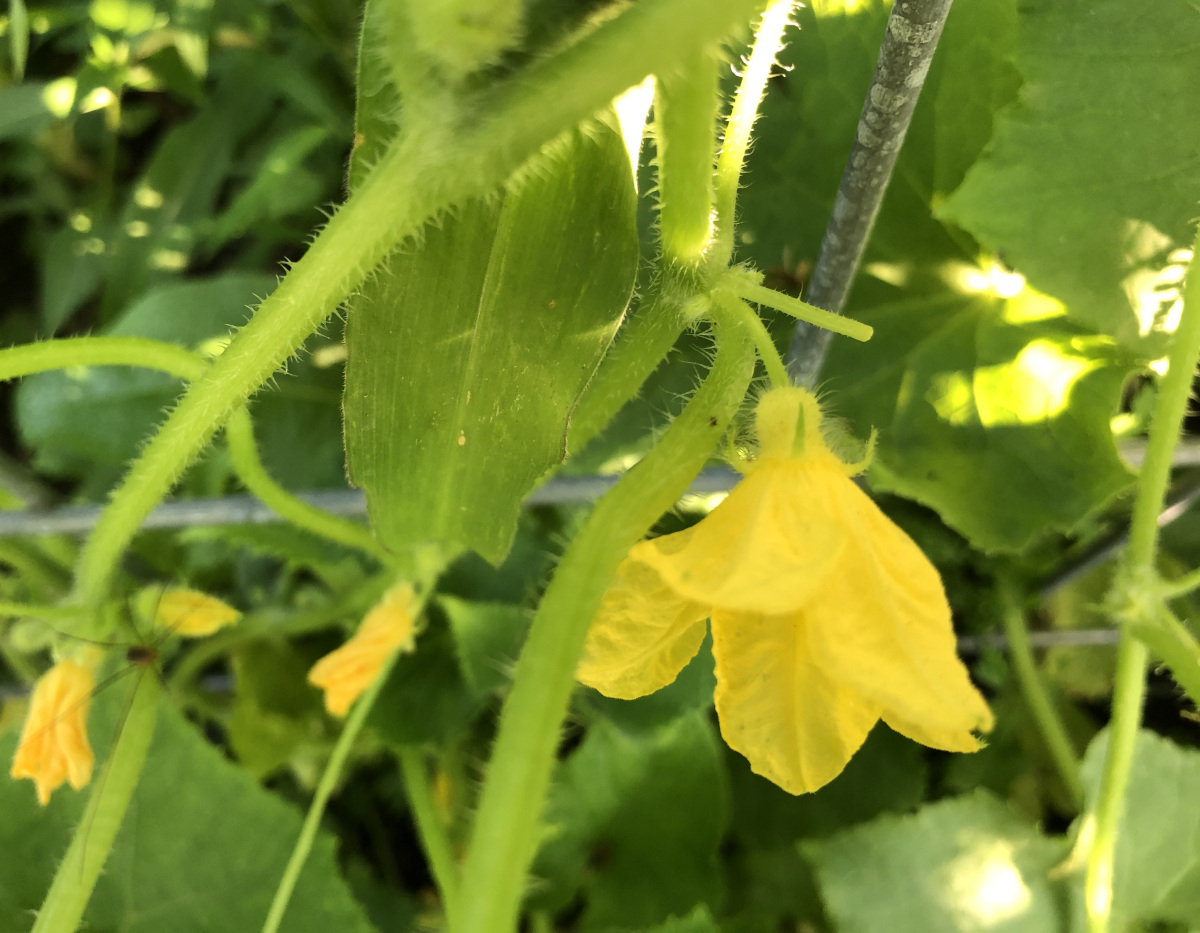
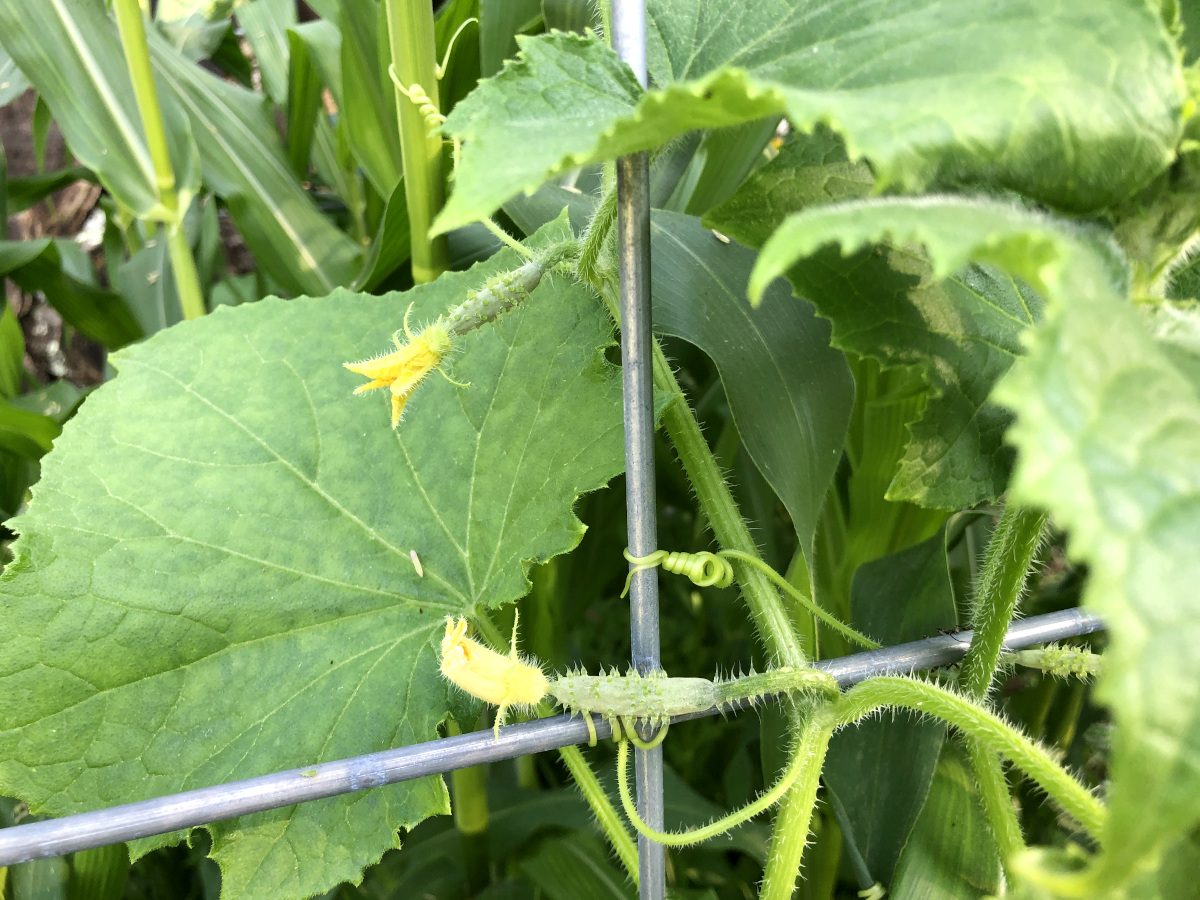
A GOOD READ: When and how to plant cucumbers
TIP: I would advise not to clip male flowers off of the plant to attract as many pollinators into your garden as possible and to get them covered with much pollen so that once the female flowers open, they get well pollinated. The bees do not take showers at night, so do not worry, they will remain covered in pollen for some time. Just keep those male flowers blooming.
Many times, especially at the begging of the growing season, the plant produces many male flowers. Do not get frustrated, this is by design, that’s how it’s supposed to be to attract many pollinators, get covered in pollen and once the female flowers come to bloom they will get good pollination.
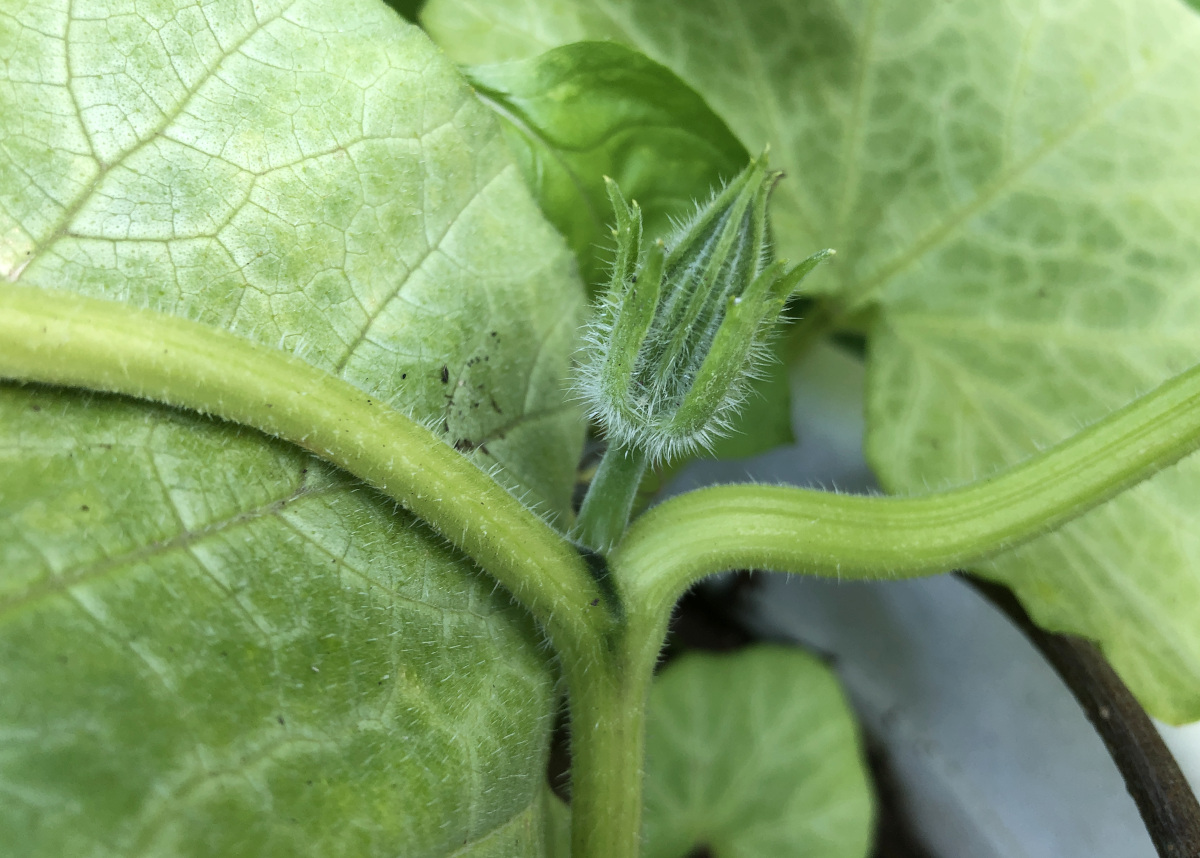
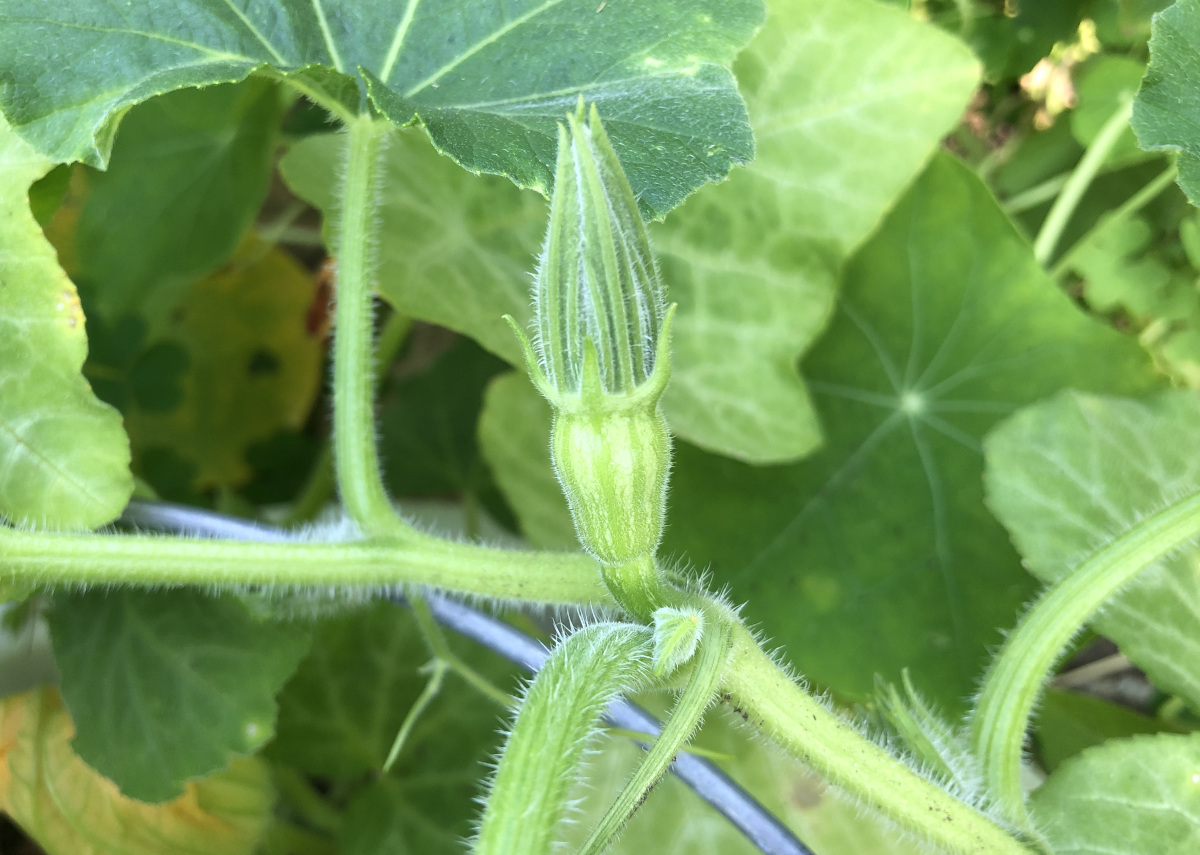
When and how to plant butternut squash
Most of the time, the male flowers are bigger and more showy compared to female flowers. This is also by design, to be well visible and attractive to the pollinators to grab the pollen from the male flowers. The more flowers you have, the more pollinators activity and the higher chance of the female flowers’ good pollination rate.
How can you tell the difference between male and female blossoms?
The inside of the male flower has a stamen in the middle of the flower where the pollen is produced. On the outside, the male flower is attached to the stem, there is no fruit attached to the male flower. The female flower’s inside has a soft stigma and can be spongy and yellow with no pollen production. On the outside, the female flower is attached to the tiny fruit.
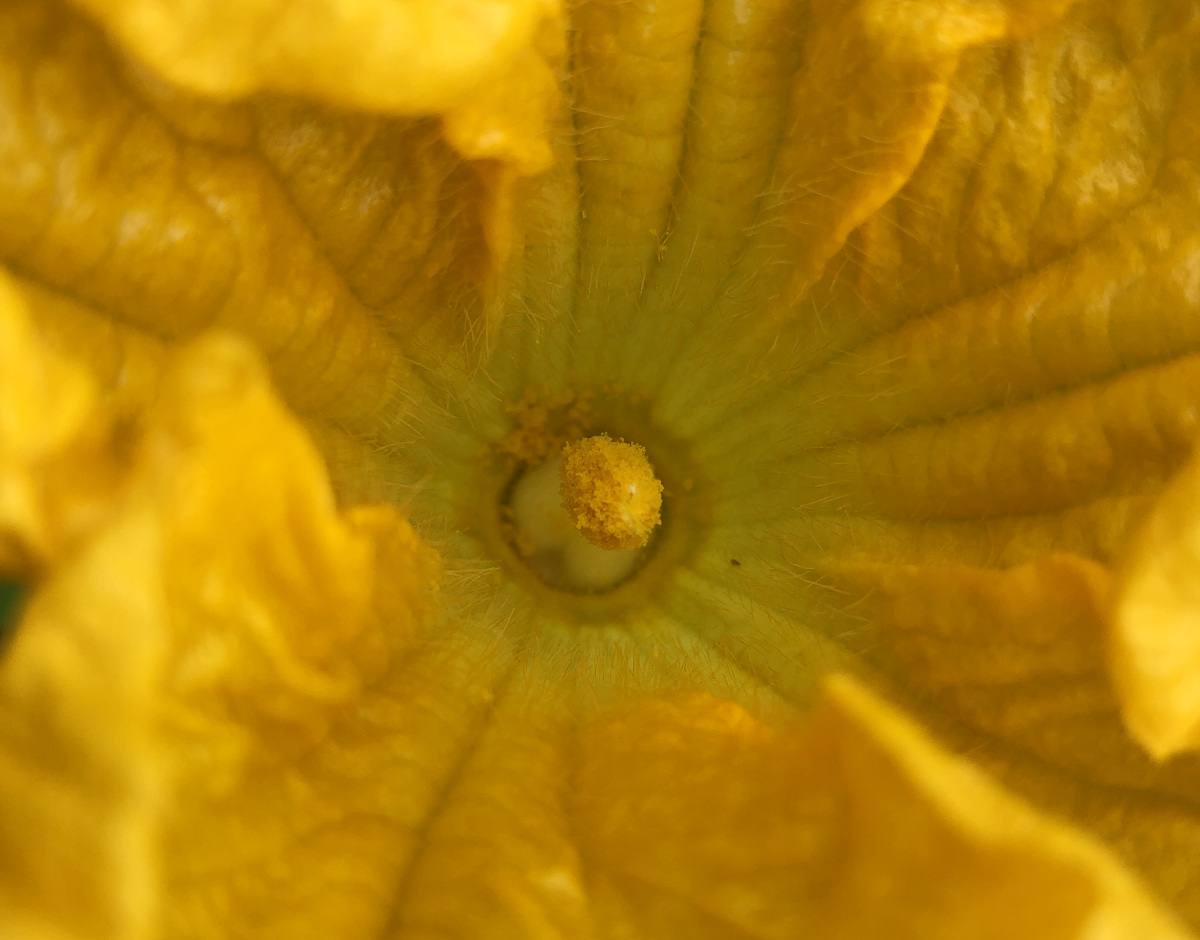
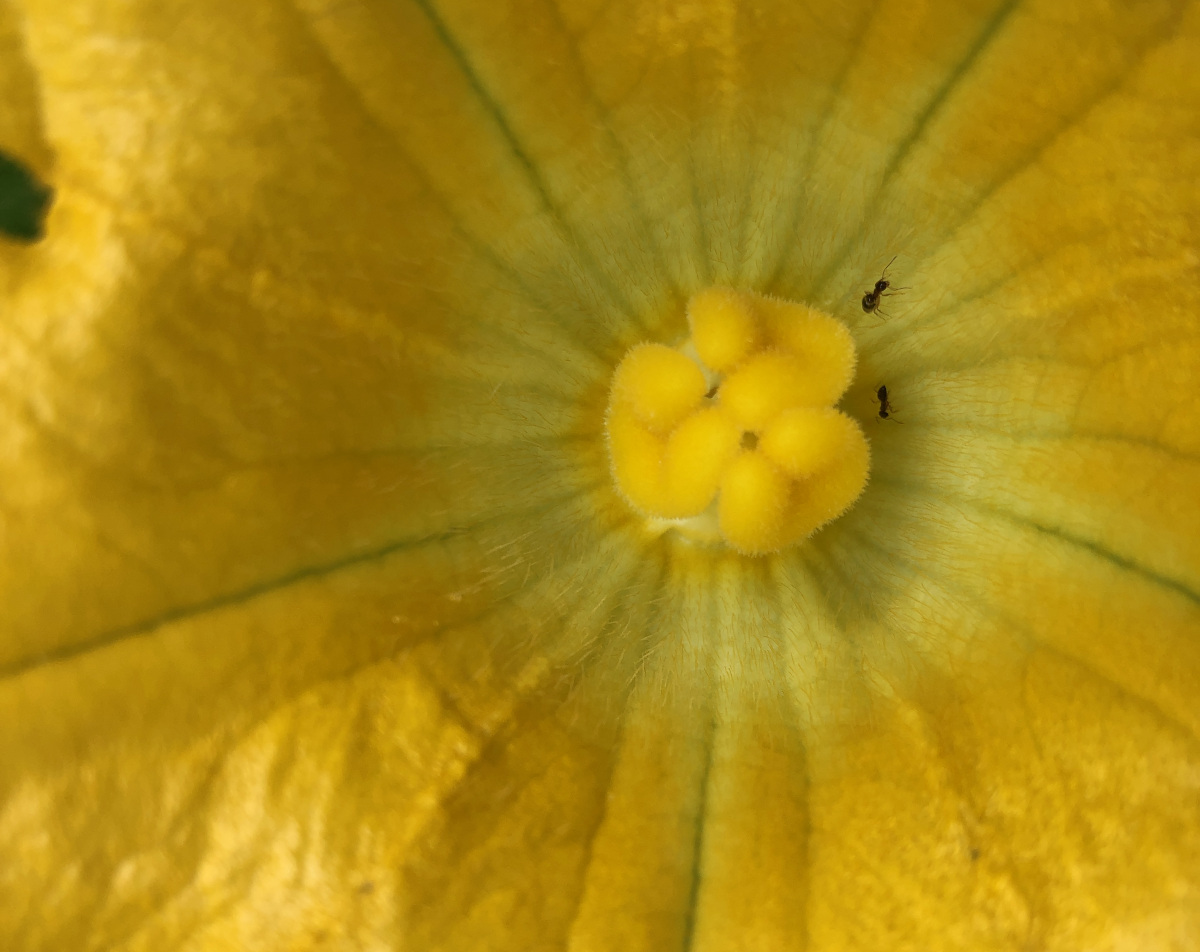
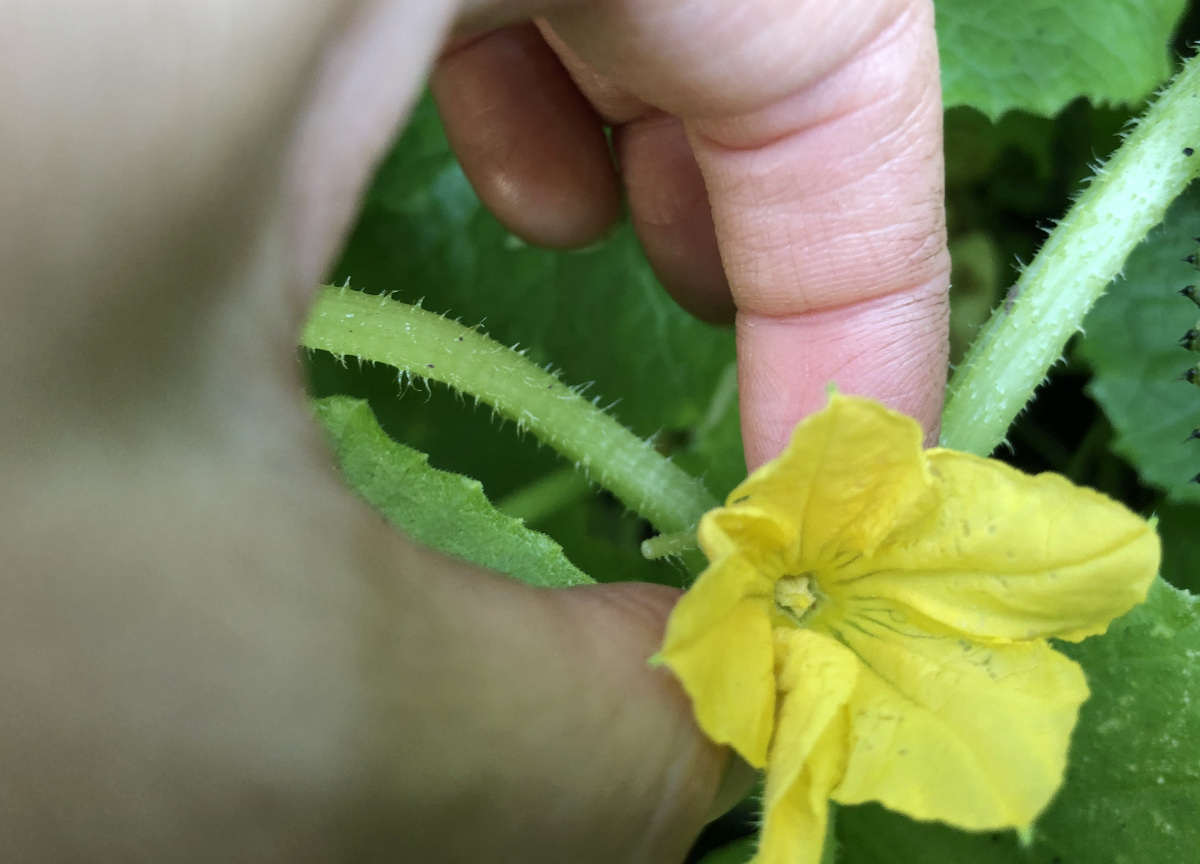
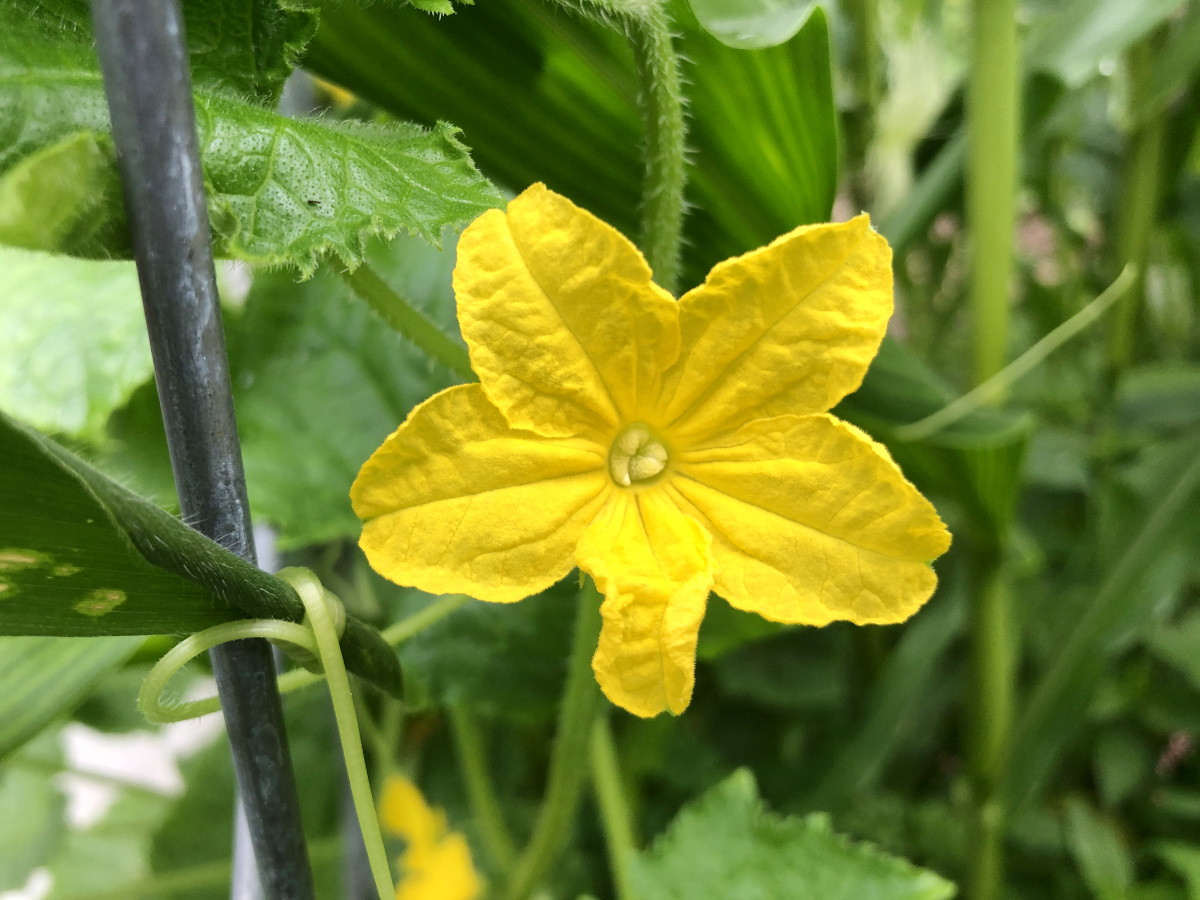
Will all squash blossoms turn into squash?
Not all squash blossoms turn into squash. Male flowers which are attached to the stem and not to the fruit will not produce fruit. Male flowers will produce pollen that is needed to pollinate the female flowers. Female flowers are attached to the fruit. If the female flowers are sufficiently pollinated by the pollen from male flowers, the fruit will grow to its maturity. Therefore, both squash blossoms, male and female are important, and should not be removed, as they both play an important role in order to produce squash.
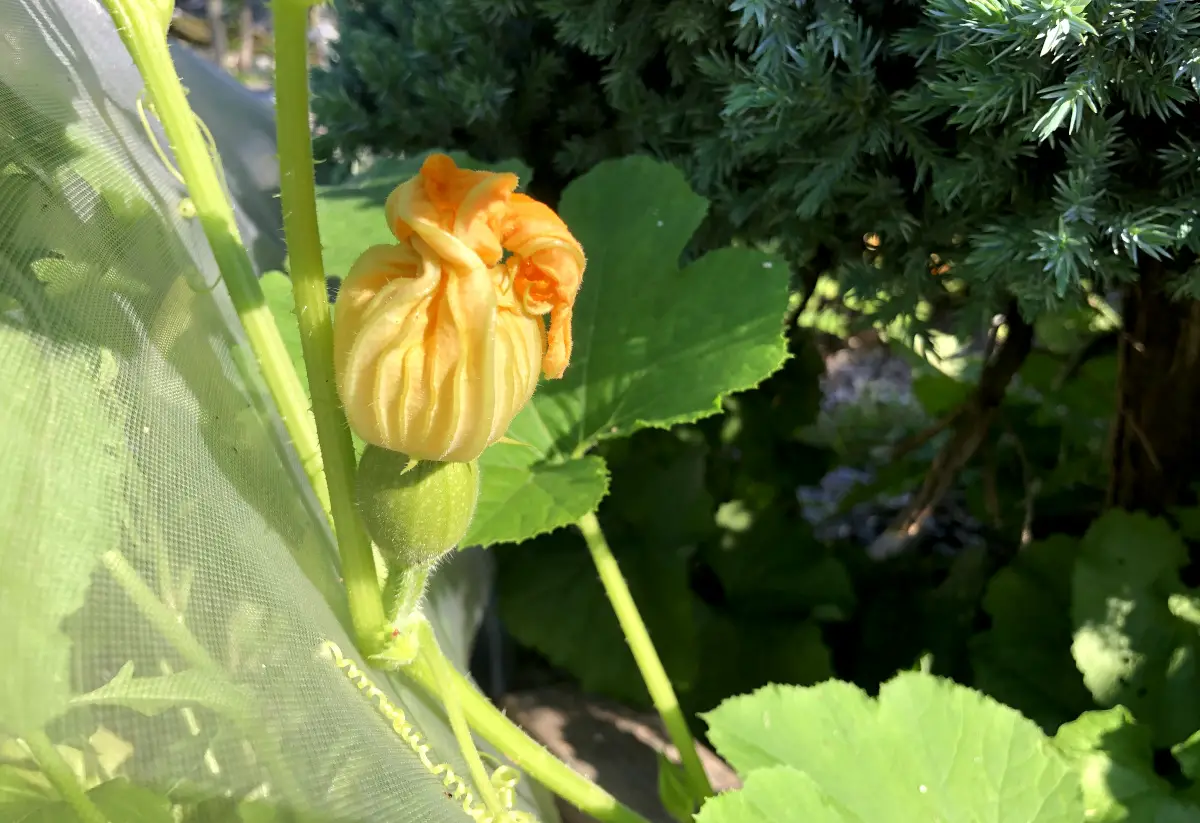
Do male squash blossoms produce fruit?
Male squash blossoms do not produce fruit but are very important in fruit production. Male blossoms produce pollen on their inside and that pollen is needed to be delivered to the inside of the female flower. If the pollen from the male flowers is sufficiently delivered to the inside of the female flower, specifically to the stigma, then the female flower that is attached to the tiny fruit will develop a mature fruit. Therefore, both fowlers, male and female are important for good fruit production.
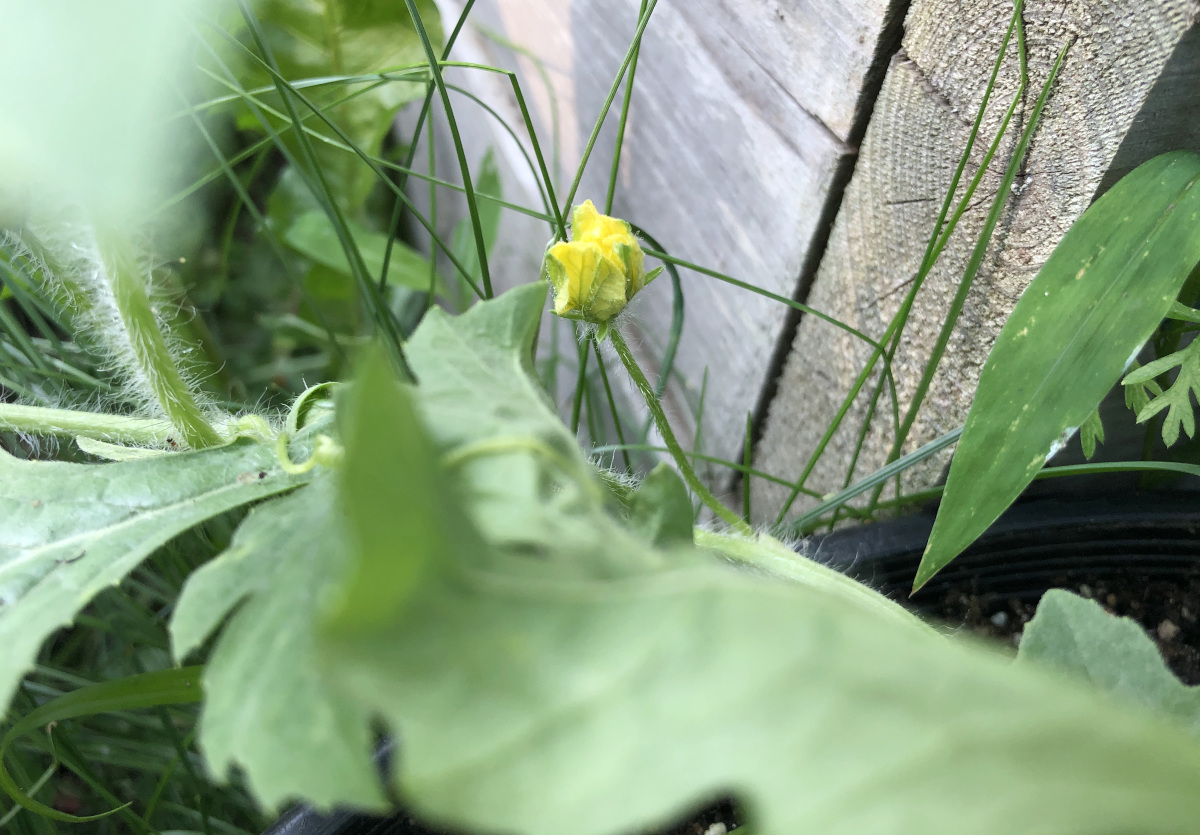
Do zucchinis have male and female flowers?
Yes, zucchini, have male and female flowers. So do melons, pumpkins, and squash. Both kinds of flowers play an important role in the plant to produce fruit.
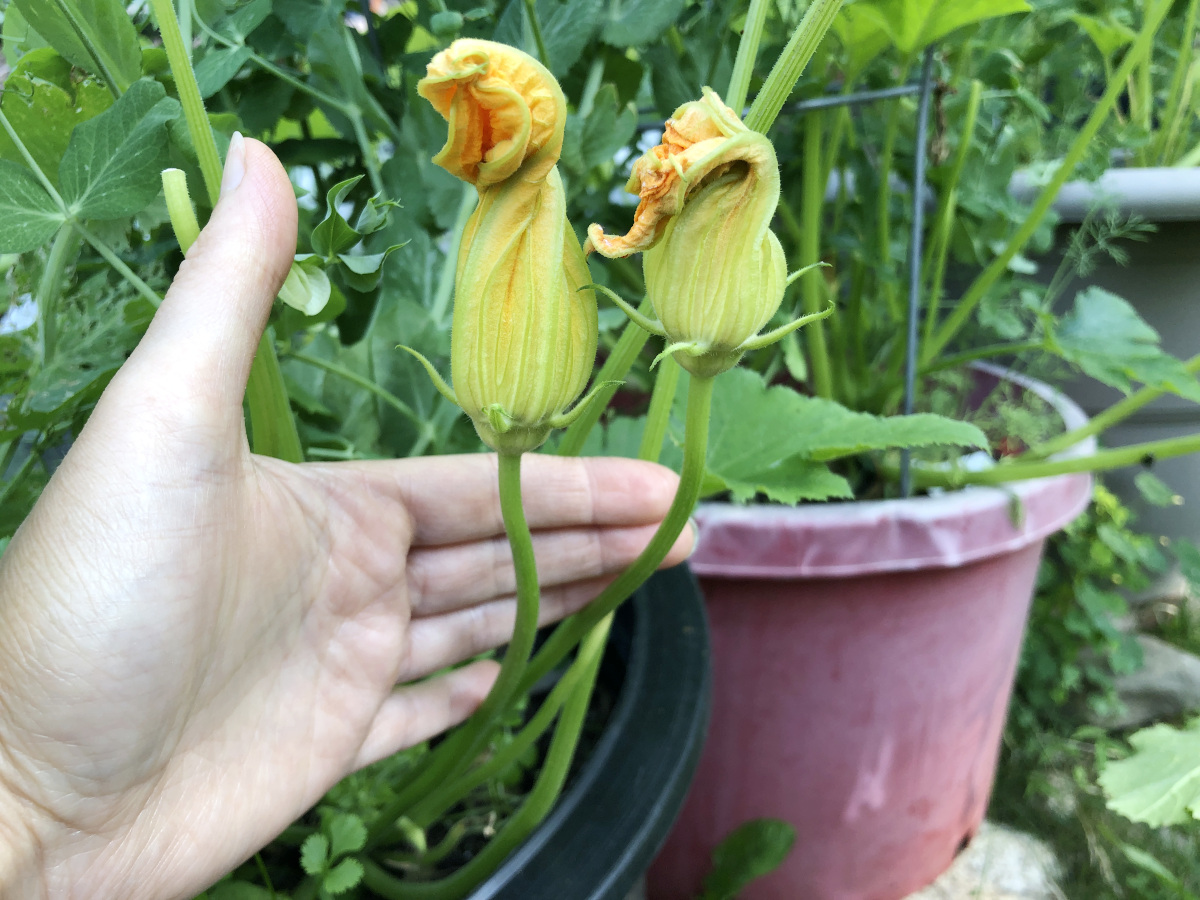
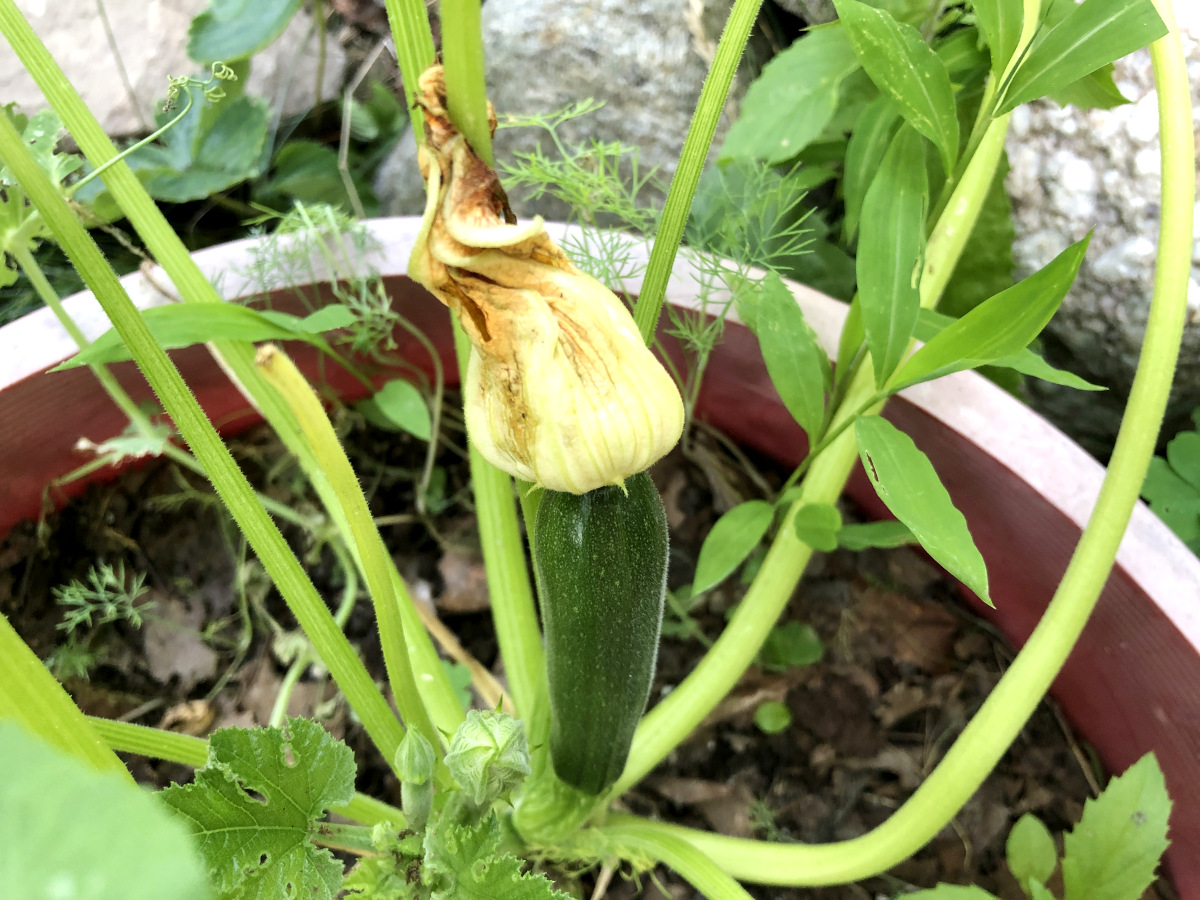
A GOOD READ: When and how to grow zucchini, summer squash
How to get more female flowers on squash
To get more female flowers on squash, increase the frequency of watering and fertilize the plant sufficiently to provide adequate hydration and nutrition needed for good fruit production. Water the plant with at least 2 inches of water a week, especially during hot summer days. Mulch the soil surface to keep the plant cool during hot temperatures and to keep the moisture in the soil to encourage female flower production.
A GOOD READ: How and when to water vegetable garden
For half of this growing season, I used this liquid fertilizer to fertilize my garden. It was good and I had good results. I diluted this fertilizer with water in my watering can following the instructions, then watered the garden. I would recommend this fertilizer to gardeners with small growing spaces. If you however have a medium to large home garden and you need to distribute this fertilizer by hand, it will be a workout, it certainly was for me.
In the middle of the growing season and starting my fall garden, I decided to use this slow-release fertilizer instead of the liquid one. I use 3TBS of this fertilizer to mix with the soil when planting seedlings, then again 3TBS after 10 days since planting. Then I will fertilize only once a month applying about 3TBS of this fertilizer to each plant or about a pencil-thick line to each row. Because this slow-release fertilizer should be applied only about once a month after the plant is established, it should save me time and a workload compared to using the liquid fertilizer which I applied weekly or by-weekly hand watering.
Why is my zucchini not producing female flowers?
Allow more time for the plant to mature sufficiently. If the plant is not sufficiently matured, it will not produce female flowers, and thus will not produce fruit. In order for the plant to produce female flowers, allow it to mature. Another player in female flower production is extremely hot weather temperatures. In very warm weather, zucchini plants might only produce male flowers. Ensure adequate watering and feeding of the plant to supply it with enough moisture and nutrition to encourage female flower production. If needed, shade the flower during the hot days with a shade cloth.
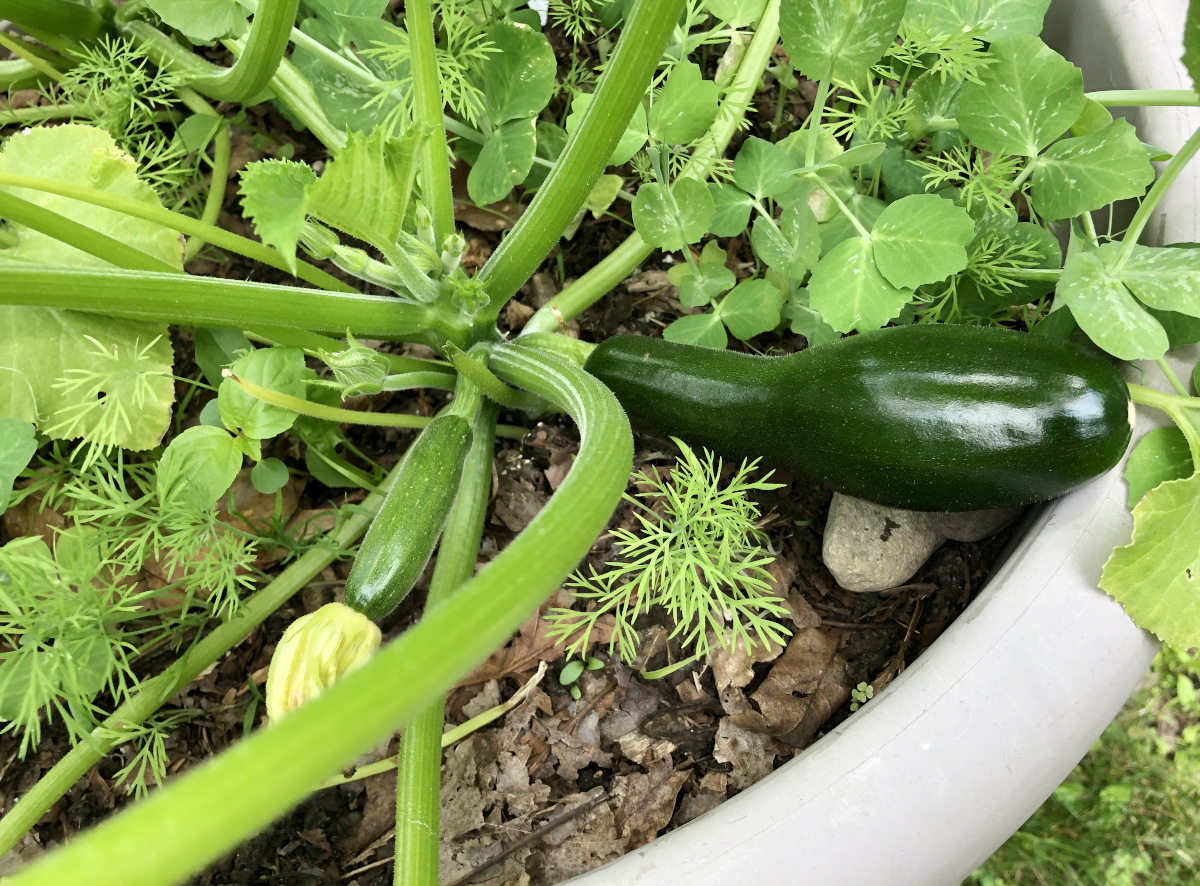
What time of day do female zucchini flowers open?
Female and male zucchini flowers open in the morning and are usually closed by the afternoon. If you plan to hand pollinate, do so in the morning when the flower is fully open and before the flower closes.
How do you increase pollination in zucchini?
Increase pollination in zucchini by attracting more pollinators to your garden. Plant more plants and flowers that attract pollinators. Another way is to help the pollination by hand pollinating. Take the male flower, carefully remove the petals and keep the stamen with the pollen on. Rub the stamen with the pollen on the inside of the female flower, specifically on the stigma of the flower that is on the inside. You can collect more pollen from other male zucchini flowers using the same stamen and deliver more pollen to the inside of the female flower to increase the pollination rate.
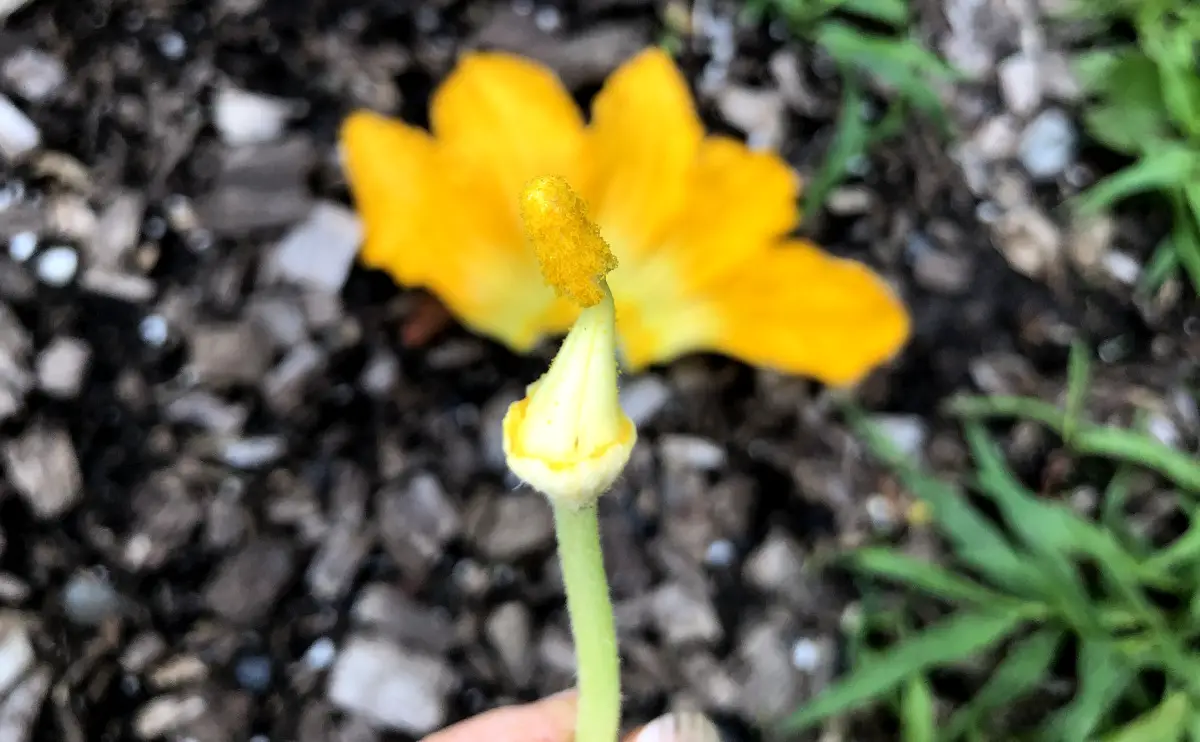
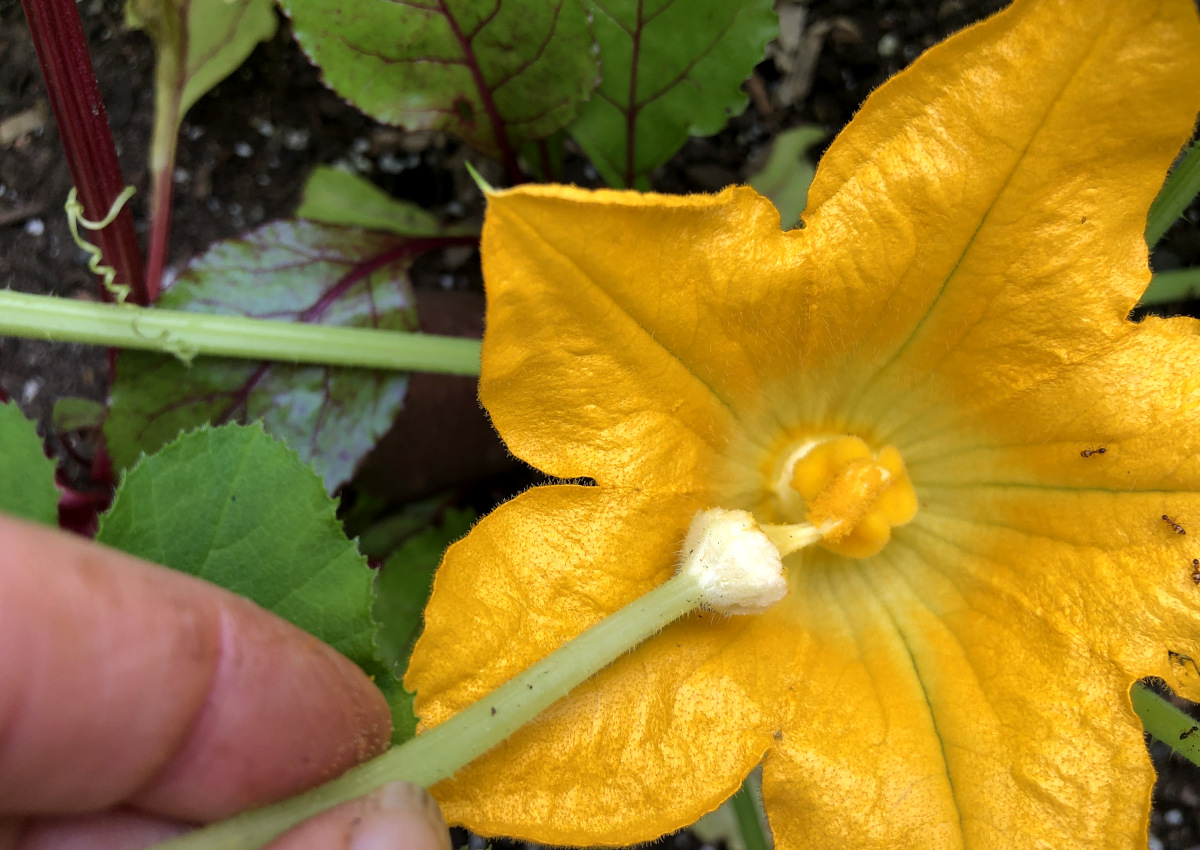
I hope you enjoyed the read. If you know of someone who also struggles to tell female flowers from male flowers, please share this article with them.
And because I have seen many new gardeners also asking about powdery mildew, which often forms on the leave of zucchini, melons, squash, and pumpkins, I would like to invite you to visit my other article which talks about powdery mildew, how it forms, how it looks like and how to prevent and treat it: How can you tell if you have powdery mildew on leaves?
How to protect vegetable garden beds
Best time to start a fall garden

